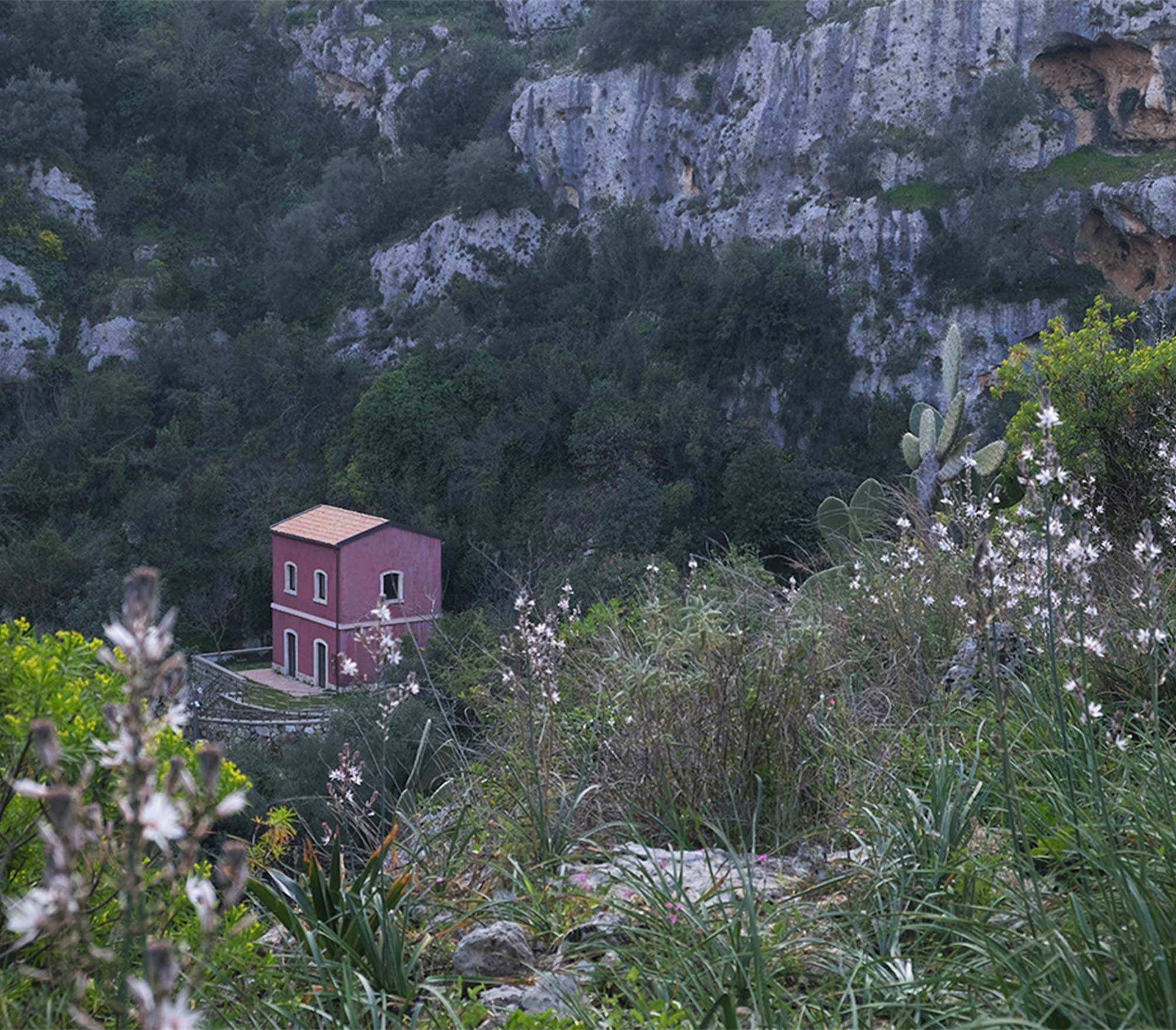
5 Comments
-
-
Ina
Dear Sandra,
Thanks for your comment. The GOODtravel team has partner accommodations all over Europe, all of which are unique, sustainable and individual. You can find them here in the list view: https://goodtravel.de/de/search and here on a map: https://goodtravel.de/de/hotels/map. Feel free to click through 🙂 All accommodations and their associated hosts are scrutinized before they are listed on GOODtravel. Because GOODtravel is only suitable for those who want to make a sustainable contribution to the environment and the people in their respective region and at the same time want to give their guests a special, unforgettable holiday experience. Many accommodations are characterized, for example, by a special architecture; score with organic food from the region; offer yoga, massages or cures; protect the environment through own energy production and gentle cleaning products; or are part of a local social initiative.
I wish you a lot of joy and travel inspiration!
Sunny greetings, currently from Spain
Ina
-
-
Verena
Thank you very much for the tips for a nice stay in the south-east of Sicily! My girlfriend will certainly enjoy our planned vacation as a passionate artist. I am particularly interested in the beaches and shopping opportunities. Therefore, with the assistance of a travel agent, we will be looking for a hotel that is in an ideal location to check off as much of our activity list as possible.
-
her
Hello Ina, I'm glad that you chose the southeast of Sicily and that you liked it so much here. I also discovered the region for myself and have been living in Modica for 1 year. So I can empathize with everything very well 😉 Have a nice trip! LG, Ella
-
Ina
Dear Ella, thank you for your comment! So far I have only been to Sicily in winter and spring. How hot does summer get in beautiful Modica? Oh, I miss the Dolce Vita - I would give a lot for a portion of Sicilian pistachio ice cream right now 🙂 Greetings from Spain, Ina
-



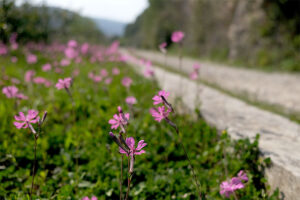
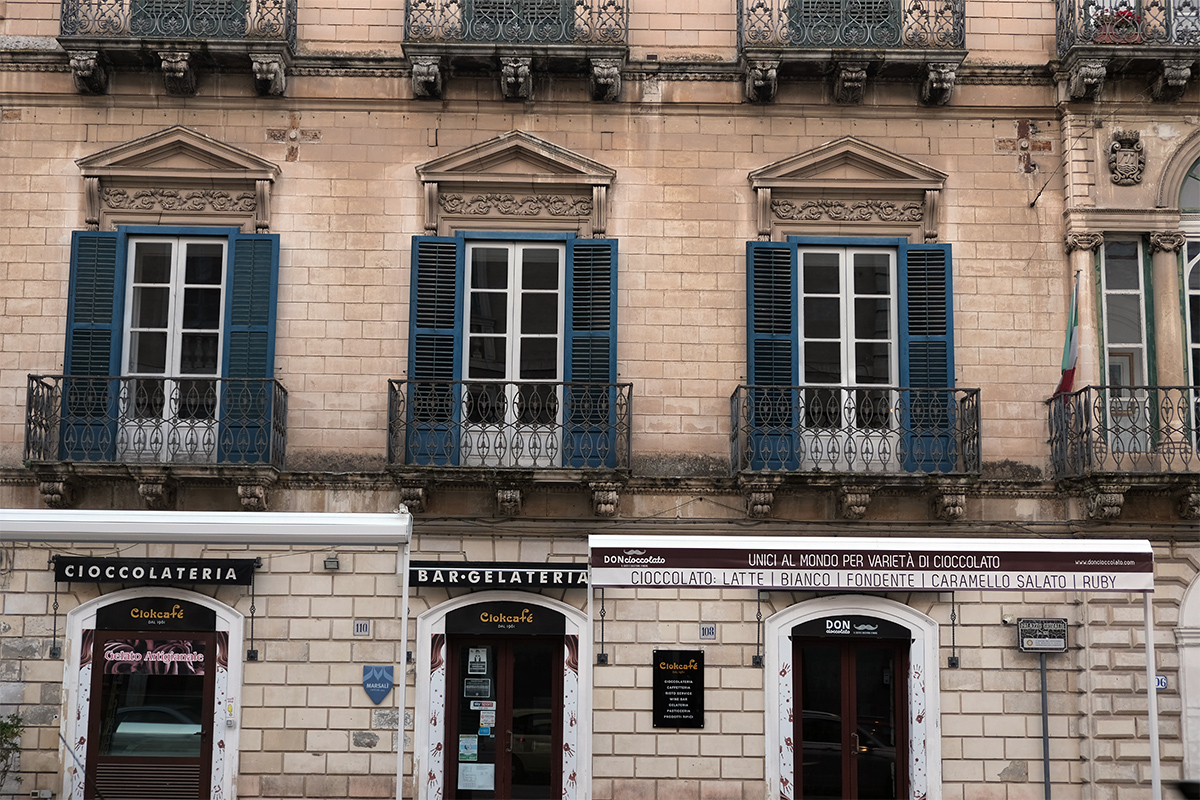
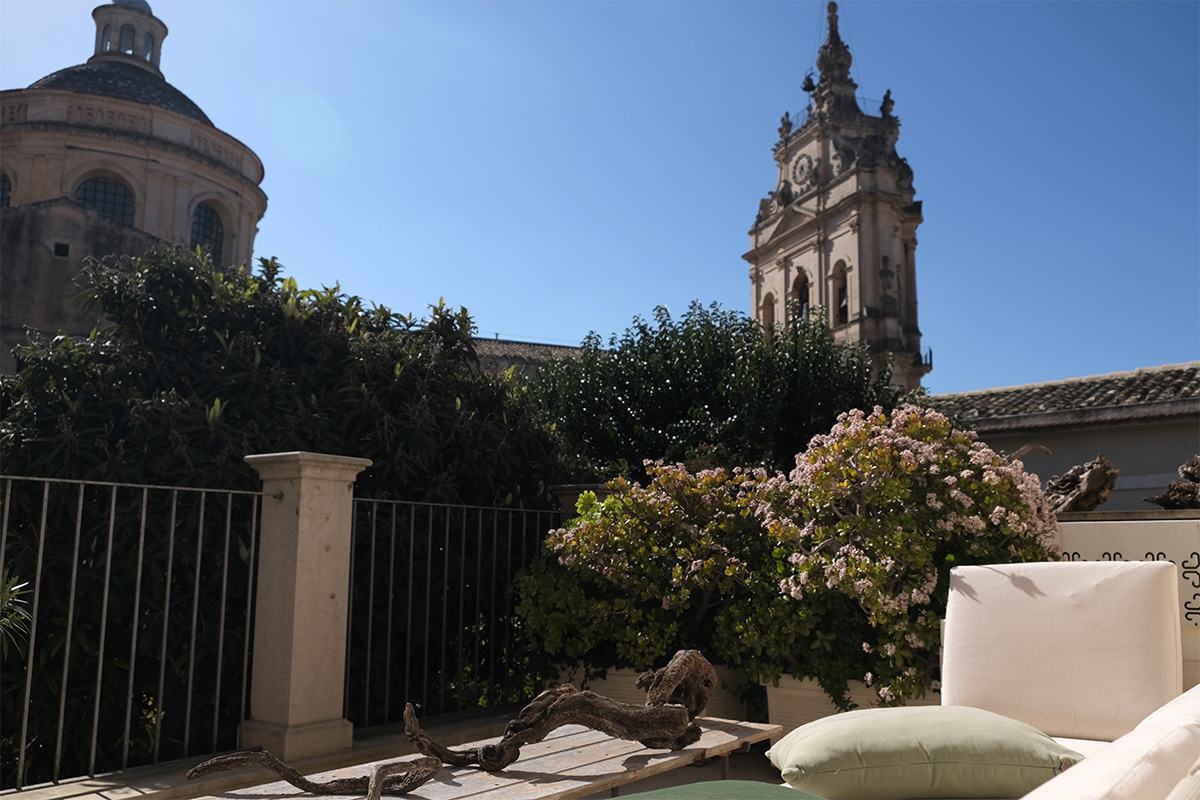
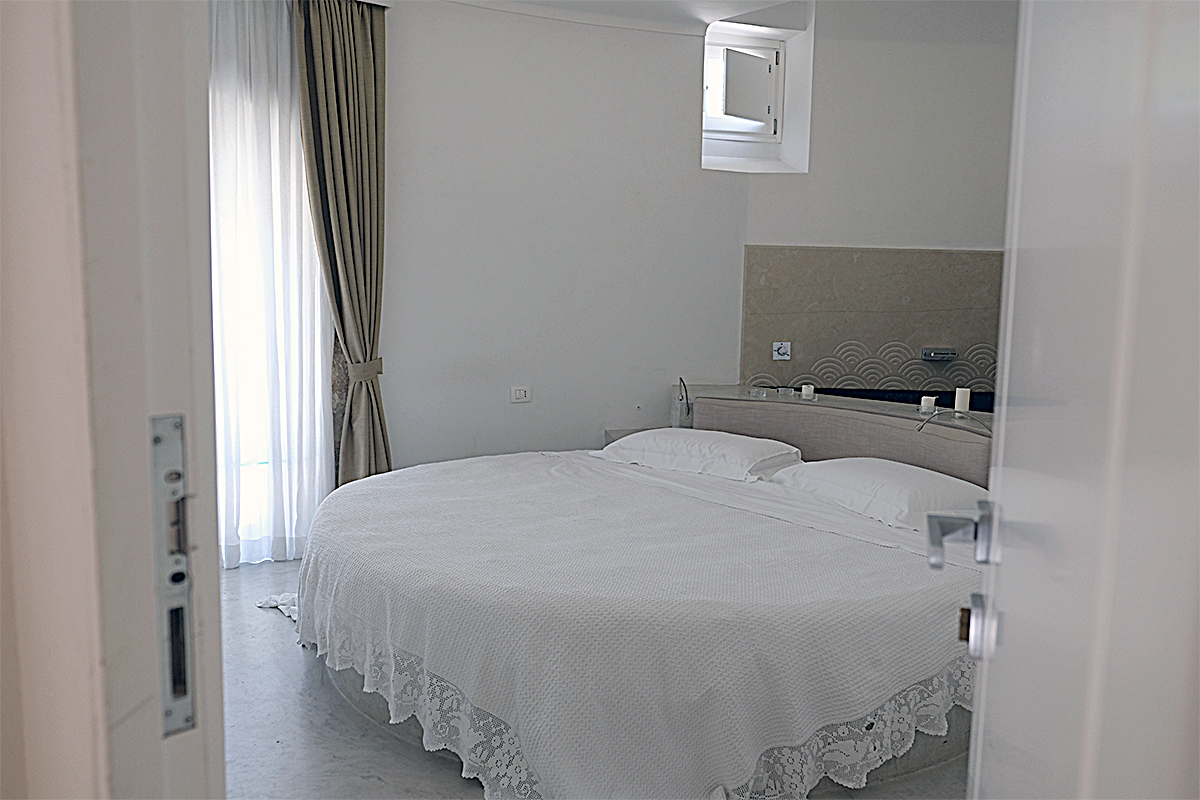
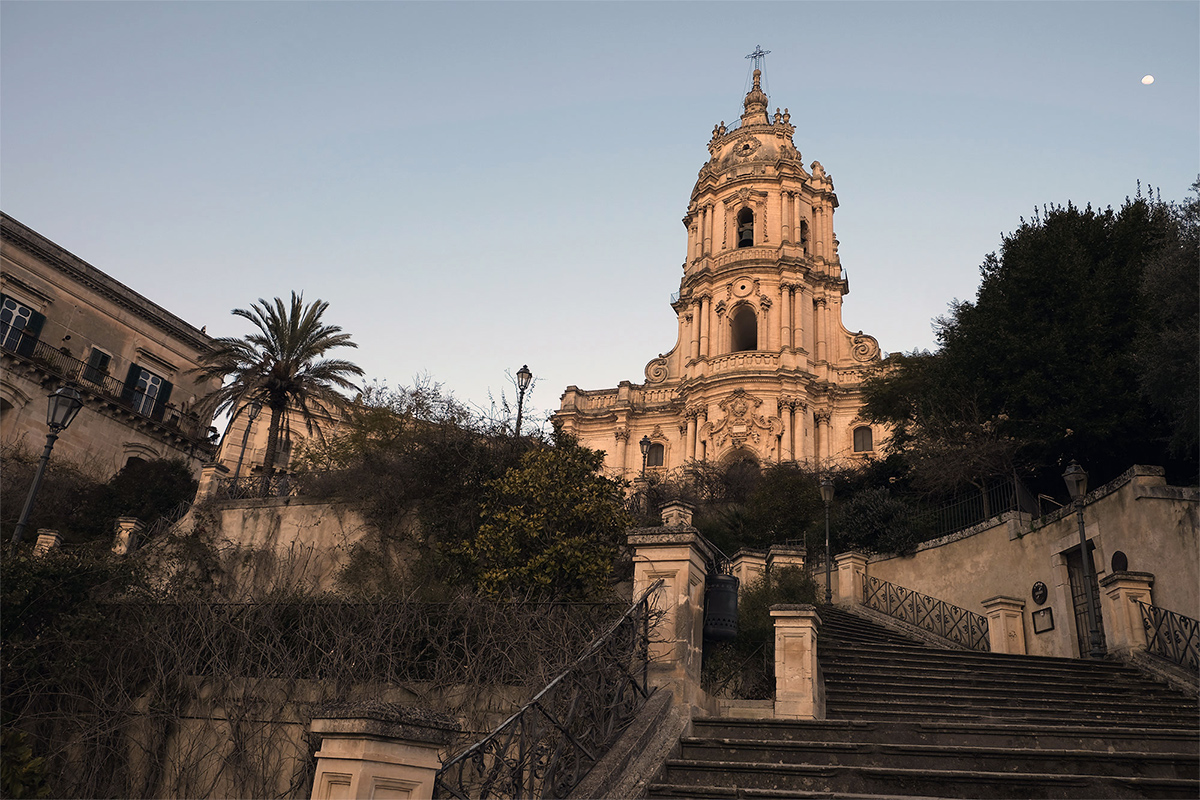
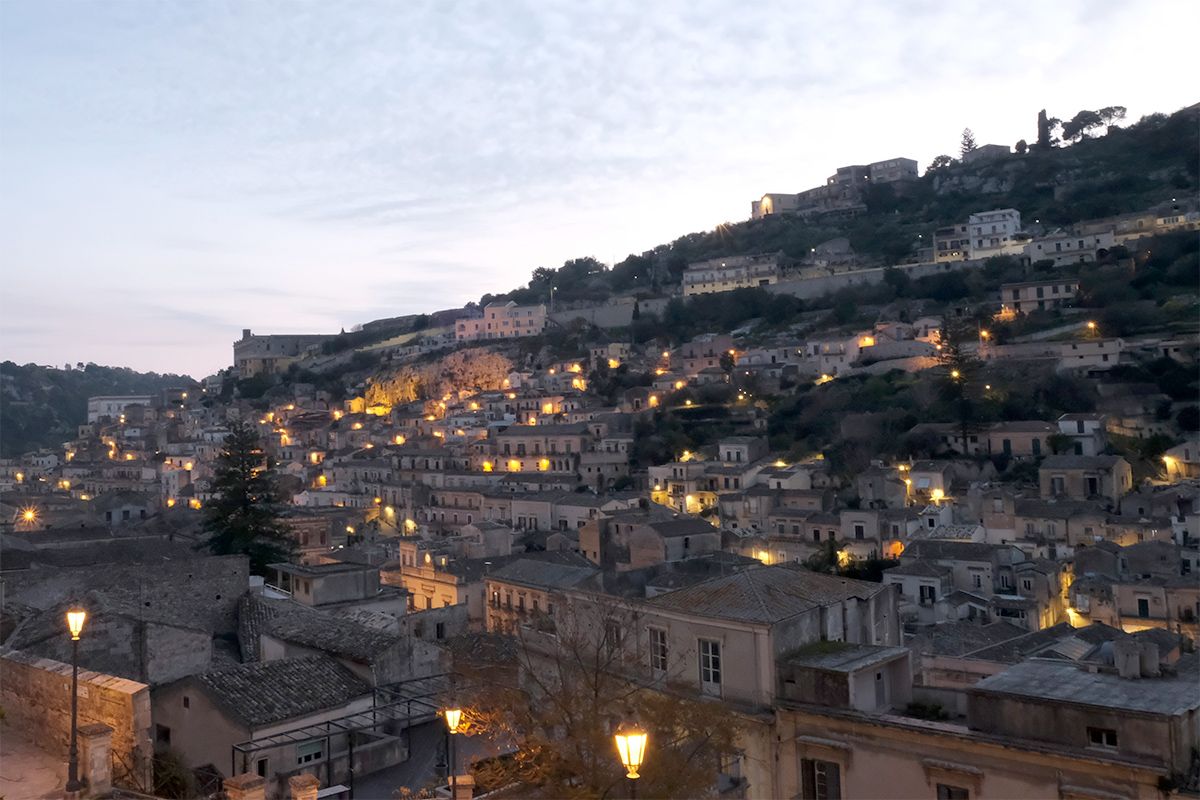



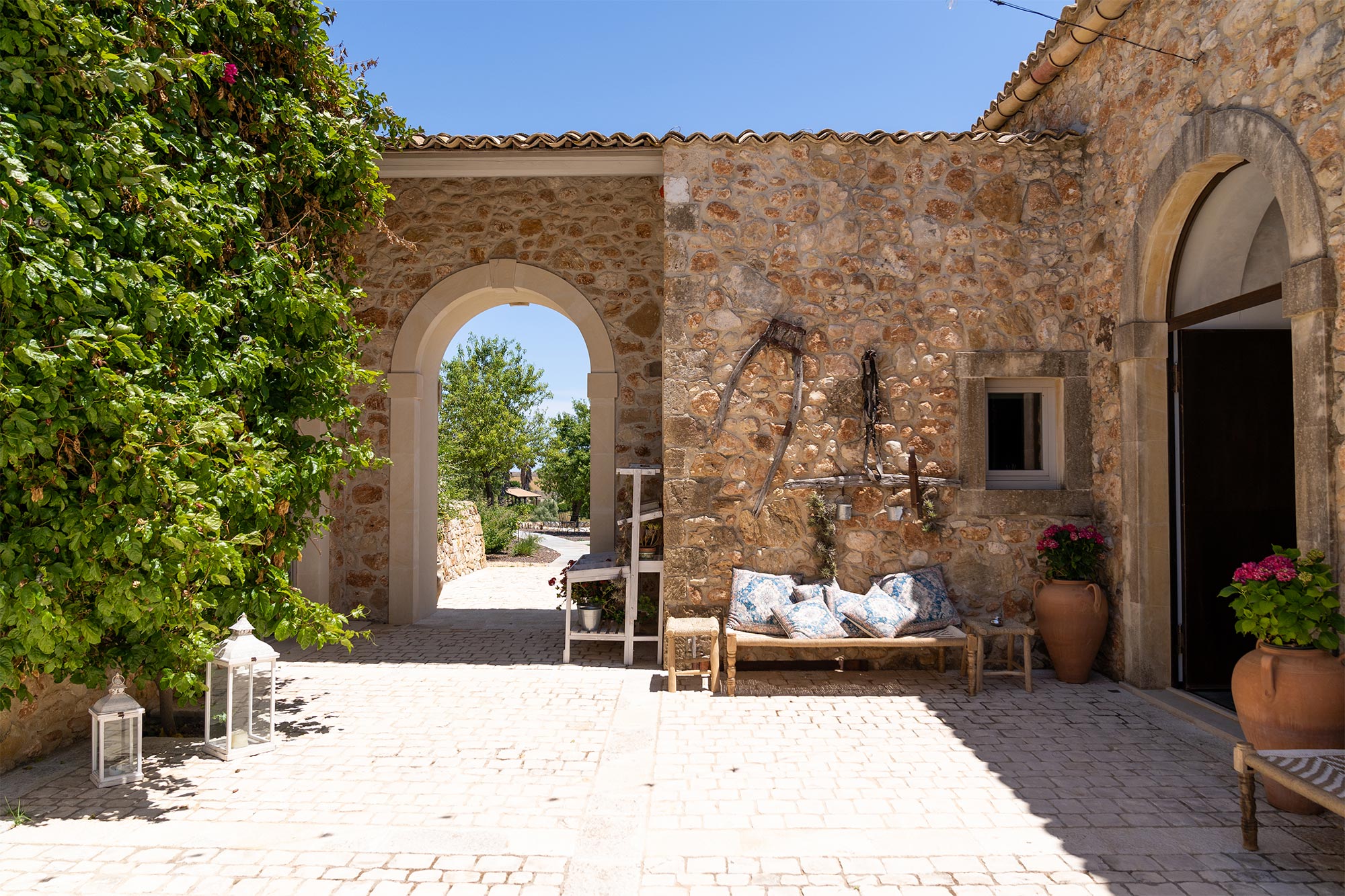
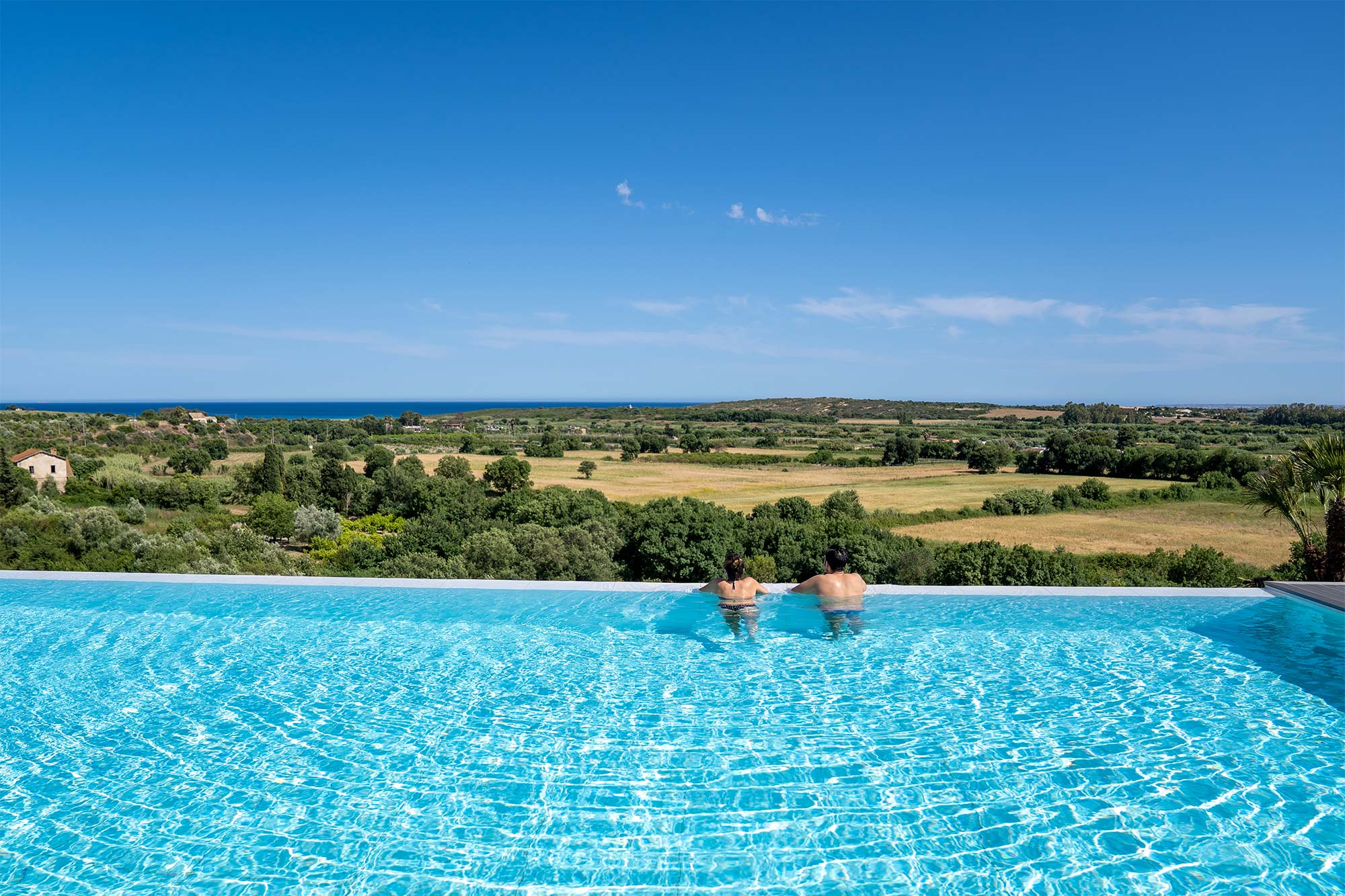
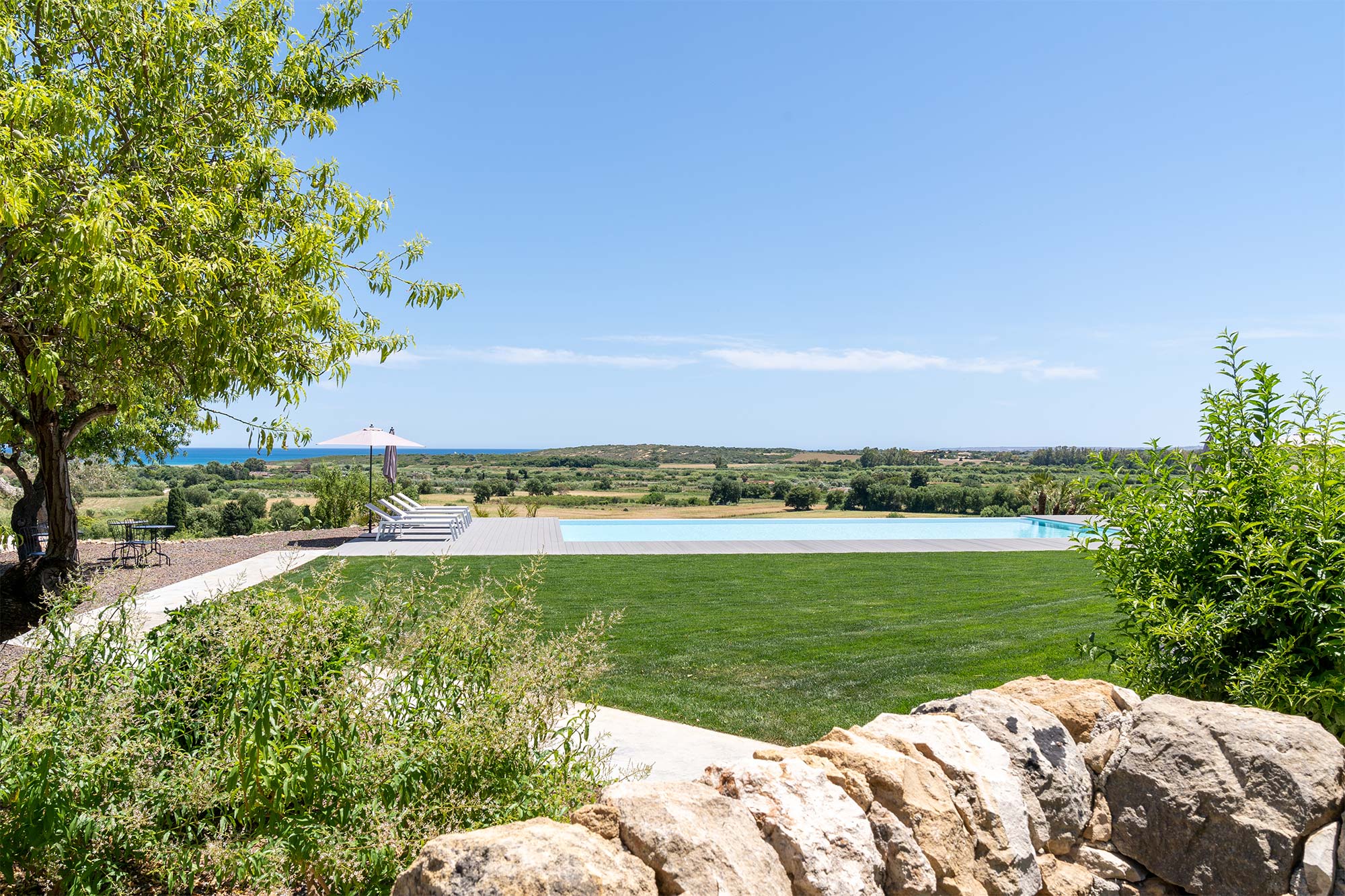
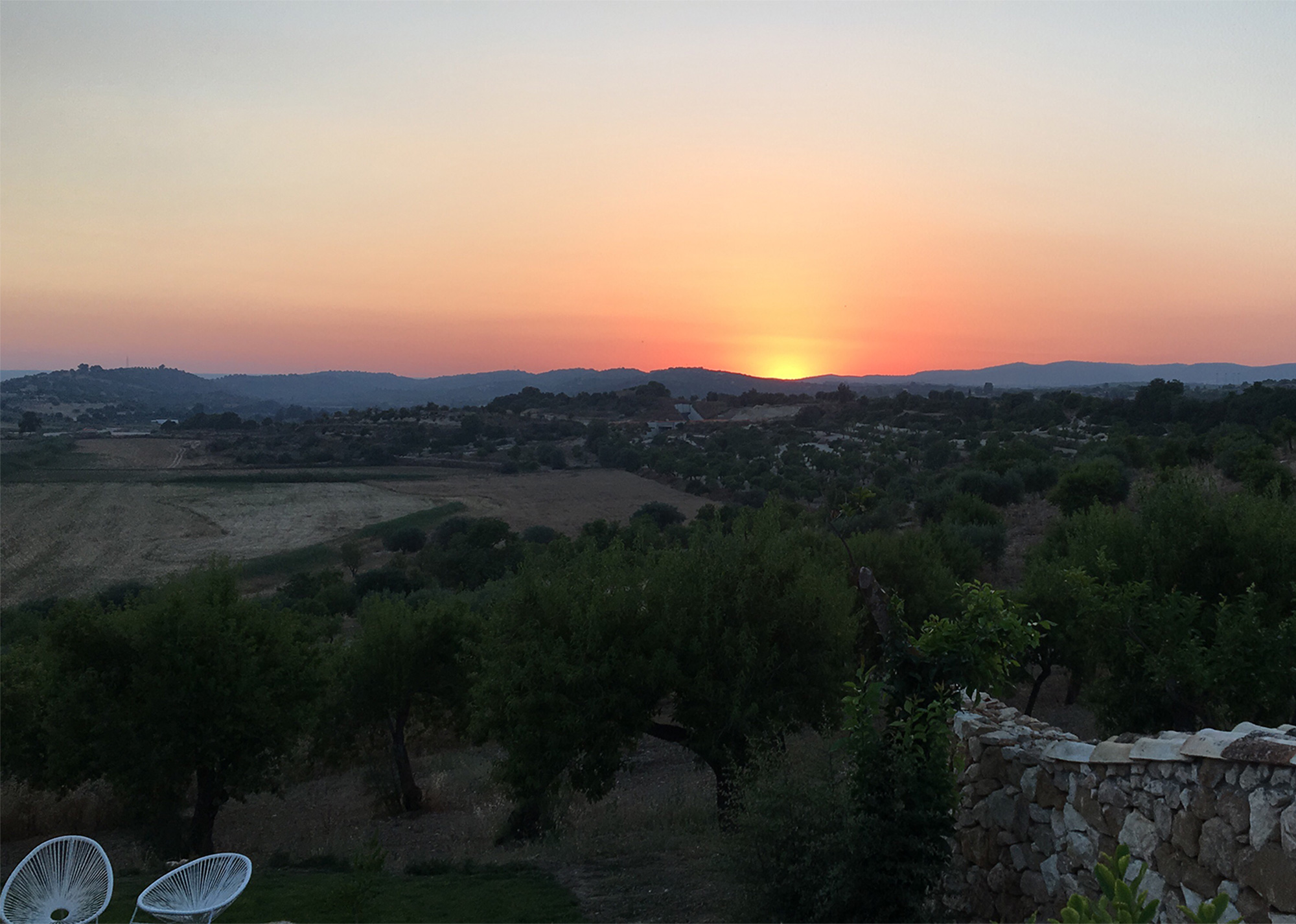
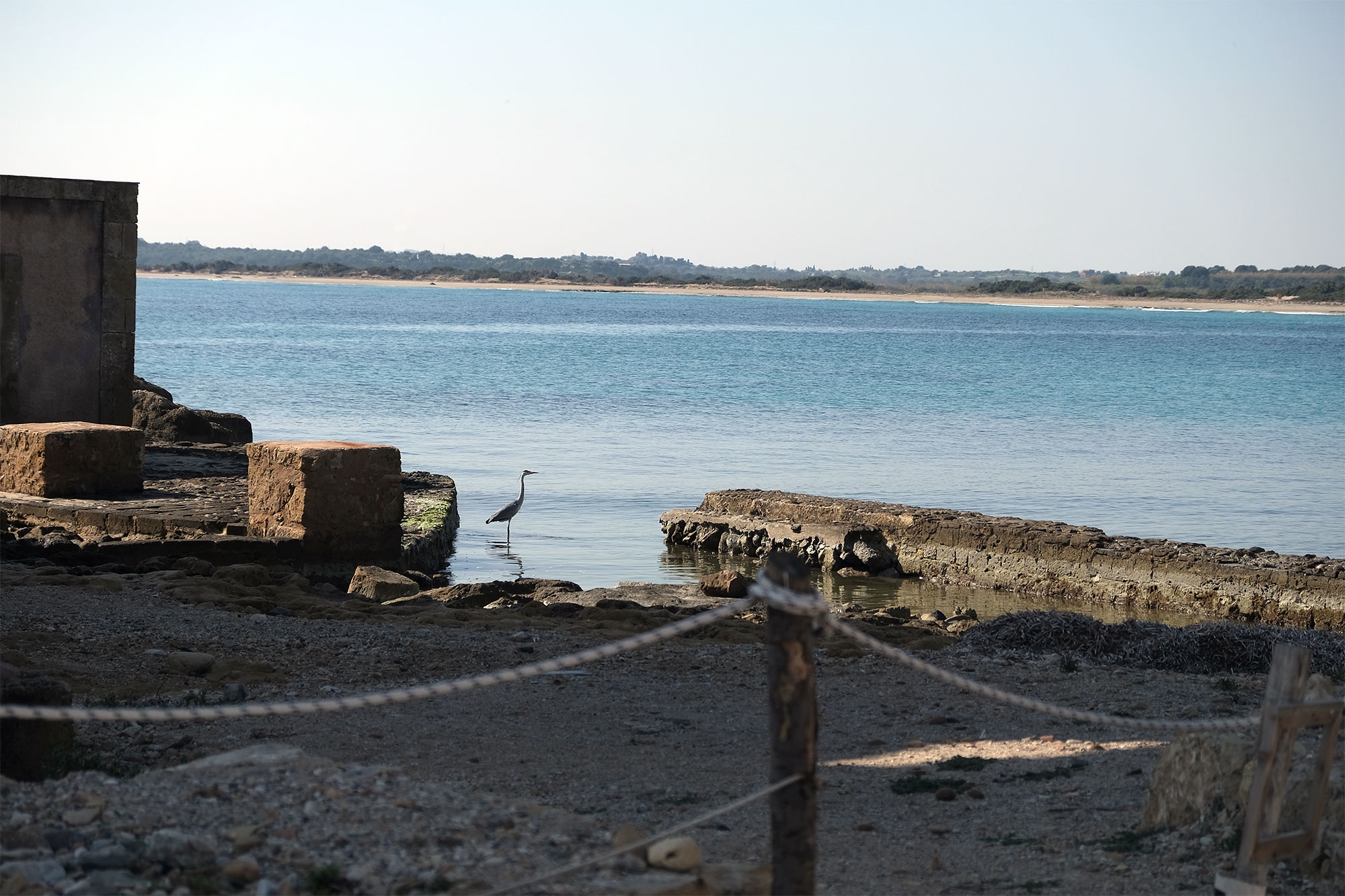
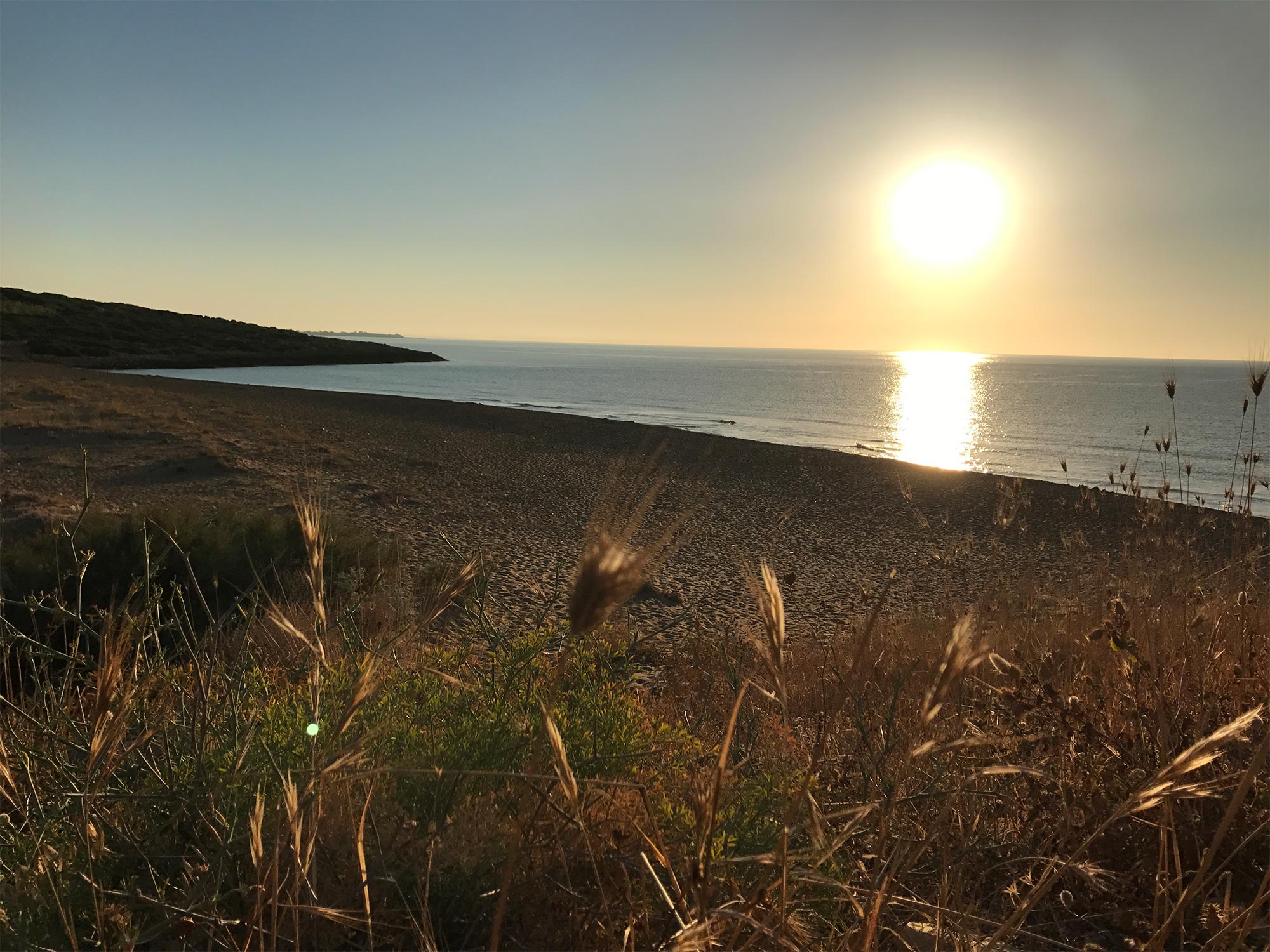
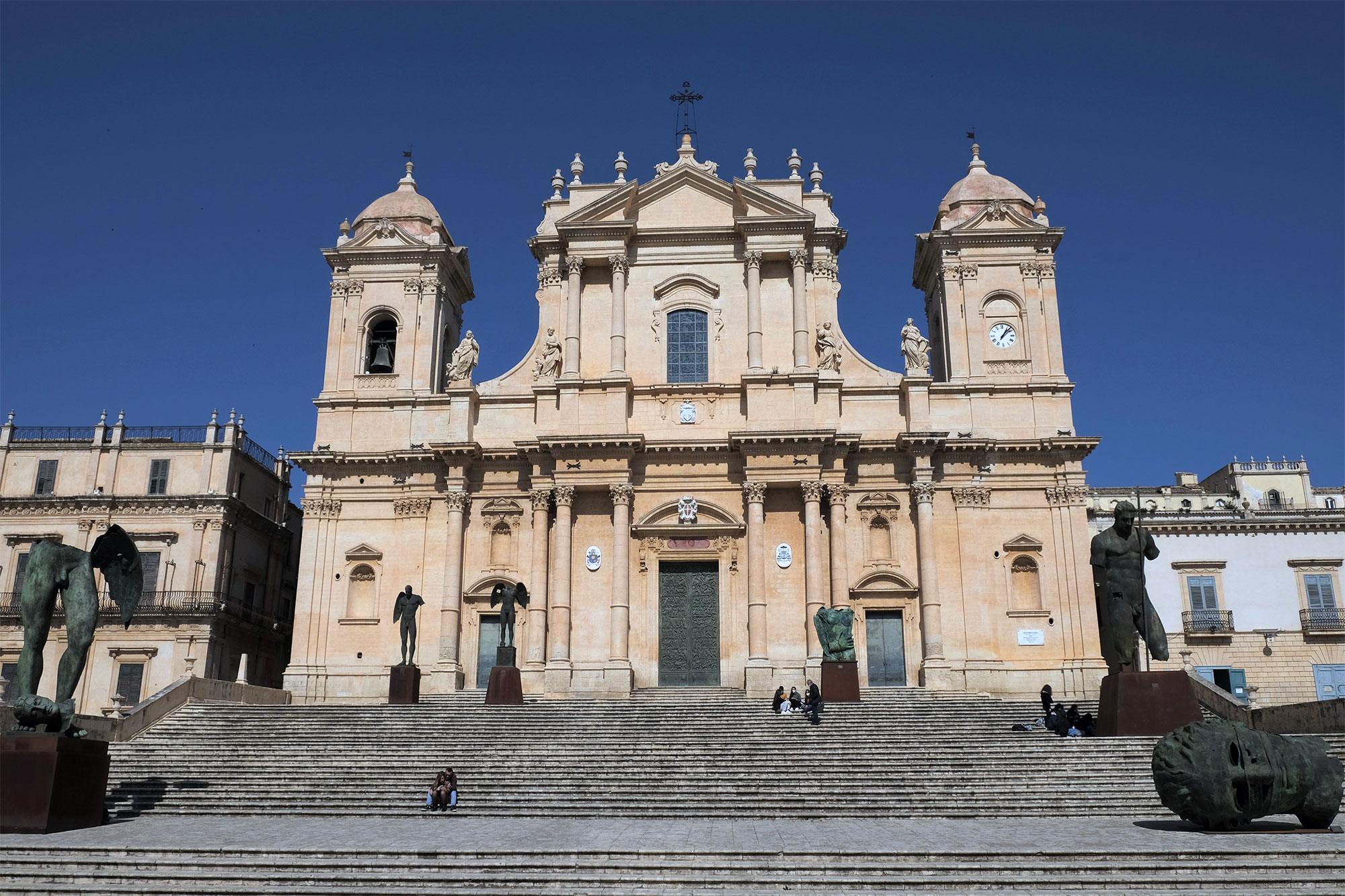
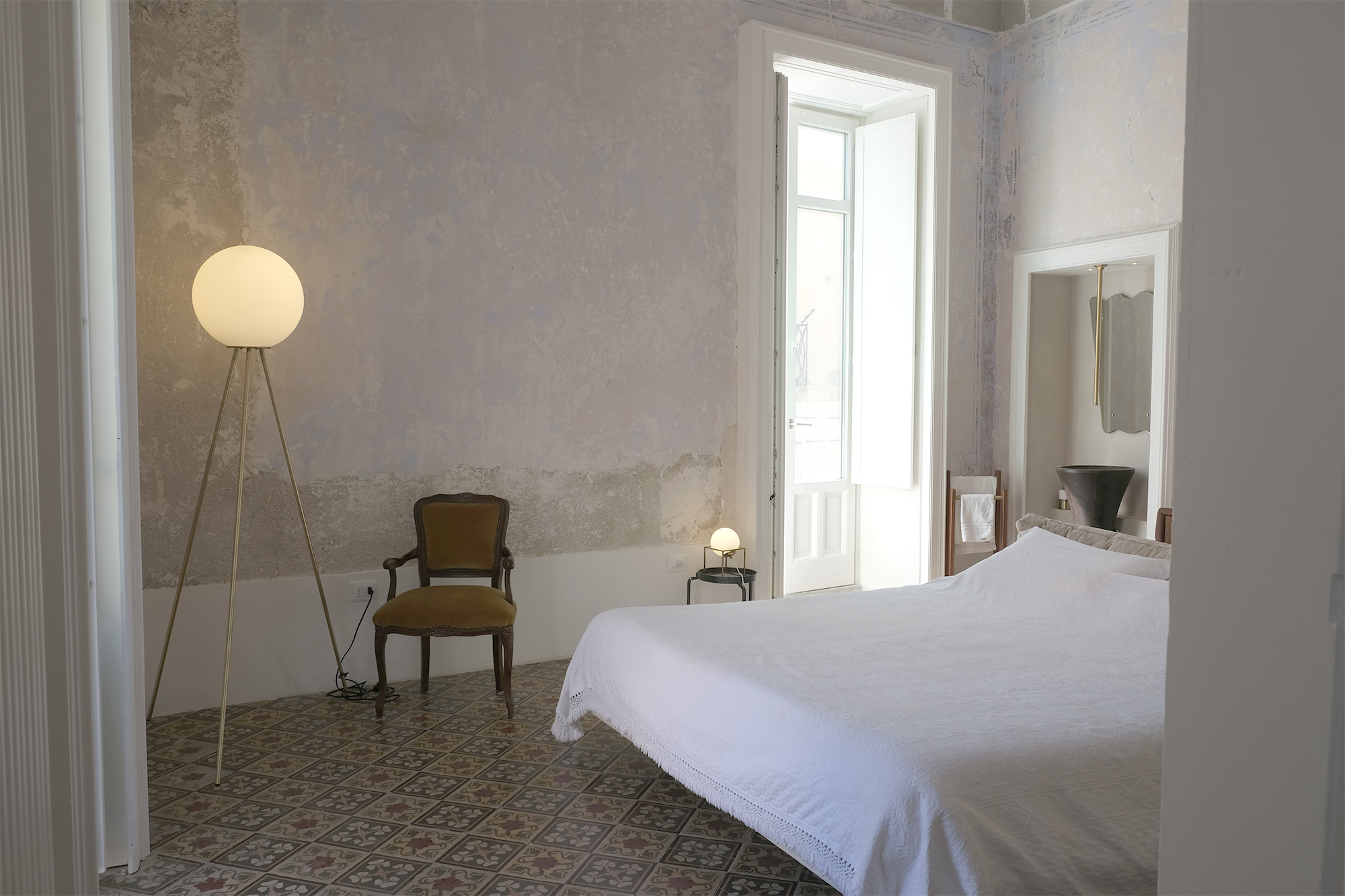


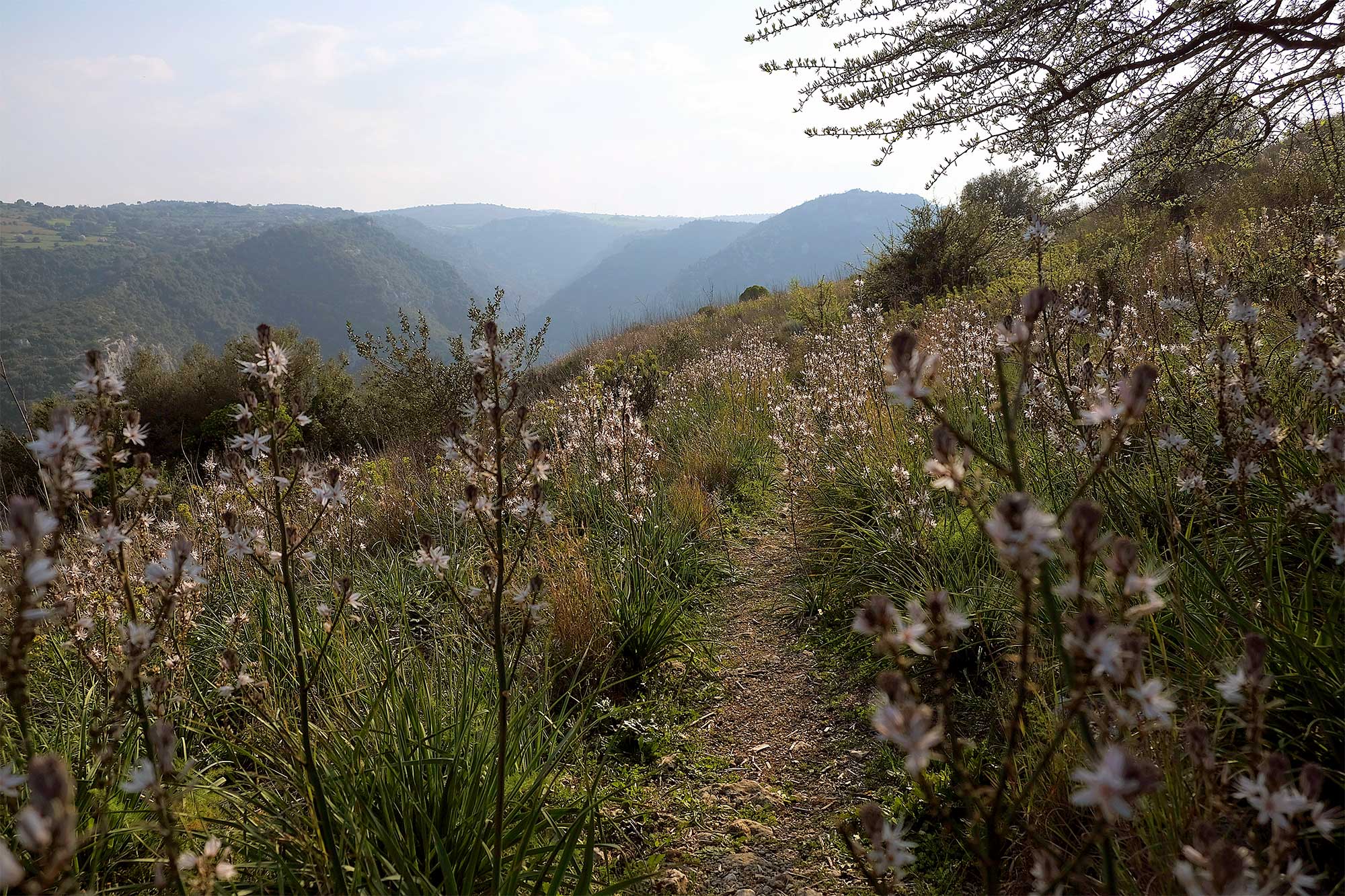
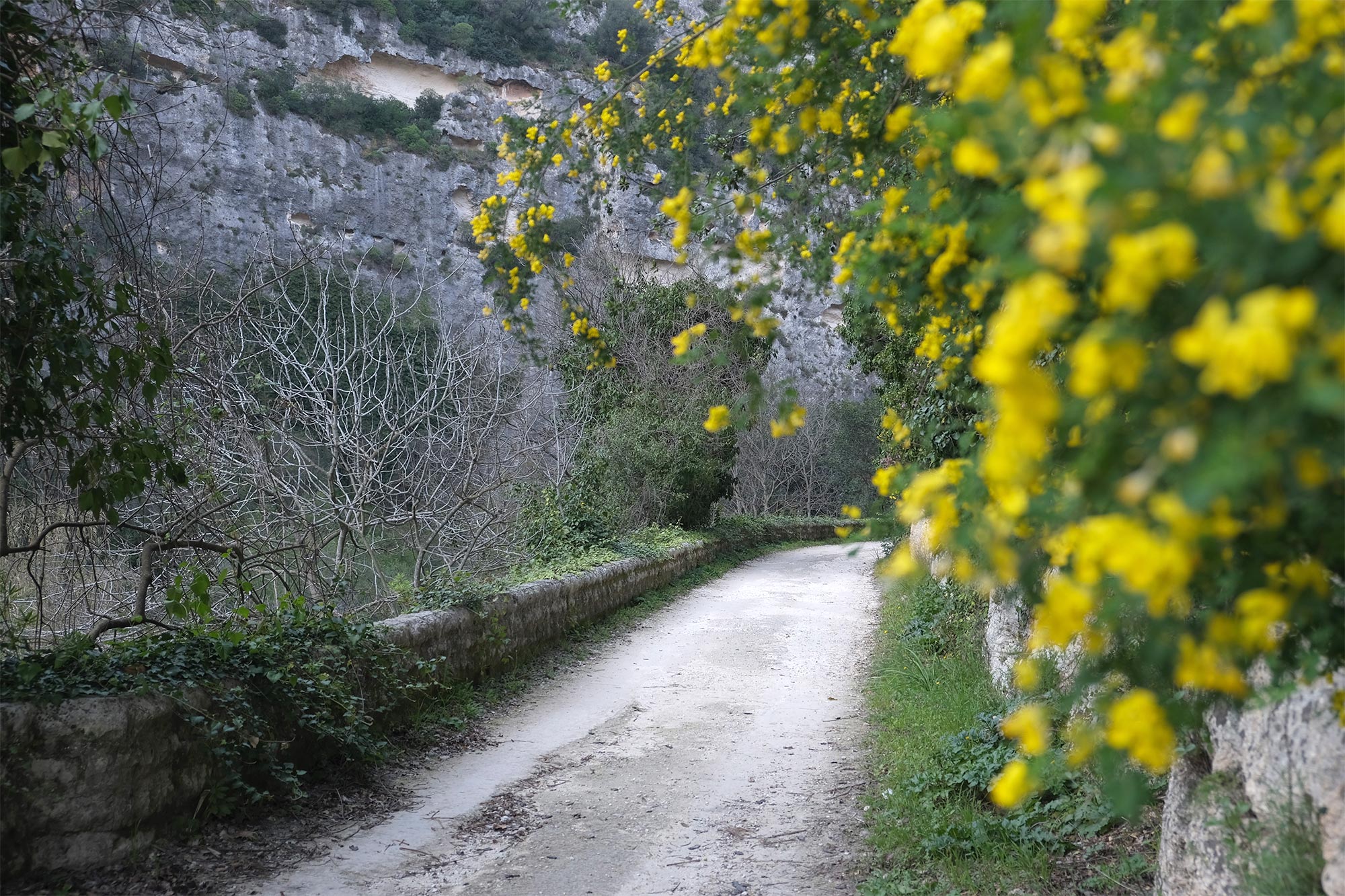



Sandra
Hello Ina, thank you for your Sicily report! I would be interested to know how you found/choose your accommodations? I'm always looking for something "special" 🙂